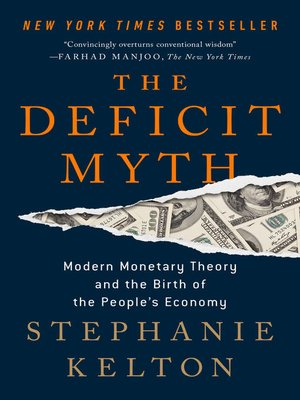
Modern Monetary Theory (MMT) contends that government can spend without restraint and large deficits and debt don’t matter when the economy is not at full capacity. If money is an instance of institutional blending wherein social structures and their material manifestations have cognitive status, then it recommends a broader argument that human minds themselves are an amalgam of neural assemblies, bodily structures and functions, and environmental structures and arrangements.

The account of money also emphasizes that the underlying logic of sovereign money systems is stubbornly difficult for users of the currency to grasp or accept, as evidenced in a brief televised debate. This alternative analysis tracks findings of anthropologists and legal historians of money and banking as well as heterodox economists who make money the centerpiece of their macroeconomic models. It summarizes and critiques a prior analysis of money as a conceptual blend enabling exchange and subsequently advances an alternative " institutional " blending analysis of money as primarily a store-of-value and unit-of-account. This article provides a comprehensive account of money as a distributed cognitive phenomenon.

Sovereign money systems are a leading example where our person-level experiences of exchange lead us astray by actively hindering our ability to grasp money's macroeconomic functions. Yet these person-level experiences of indebtedness and the mental spaces they engender are not sufficient to account for complex social facts.


The elemental social roles of " debtor " and " creditor " are of great importance in explaining the structure and history of a wide range of social facts and institutions. Much social cognition and action is dialogical in nature and profitably understood from a second-person perspective.


 0 kommentar(er)
0 kommentar(er)
